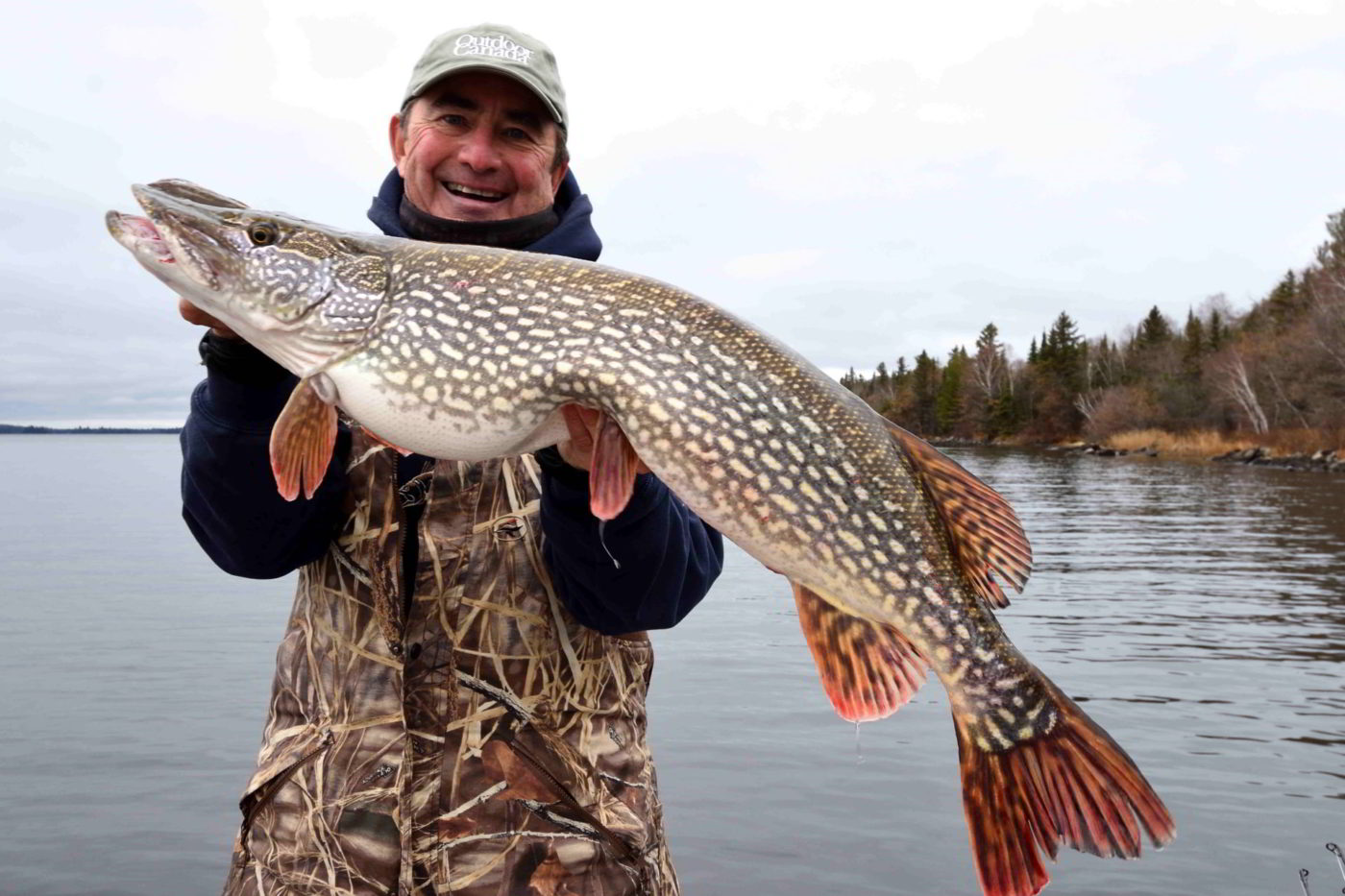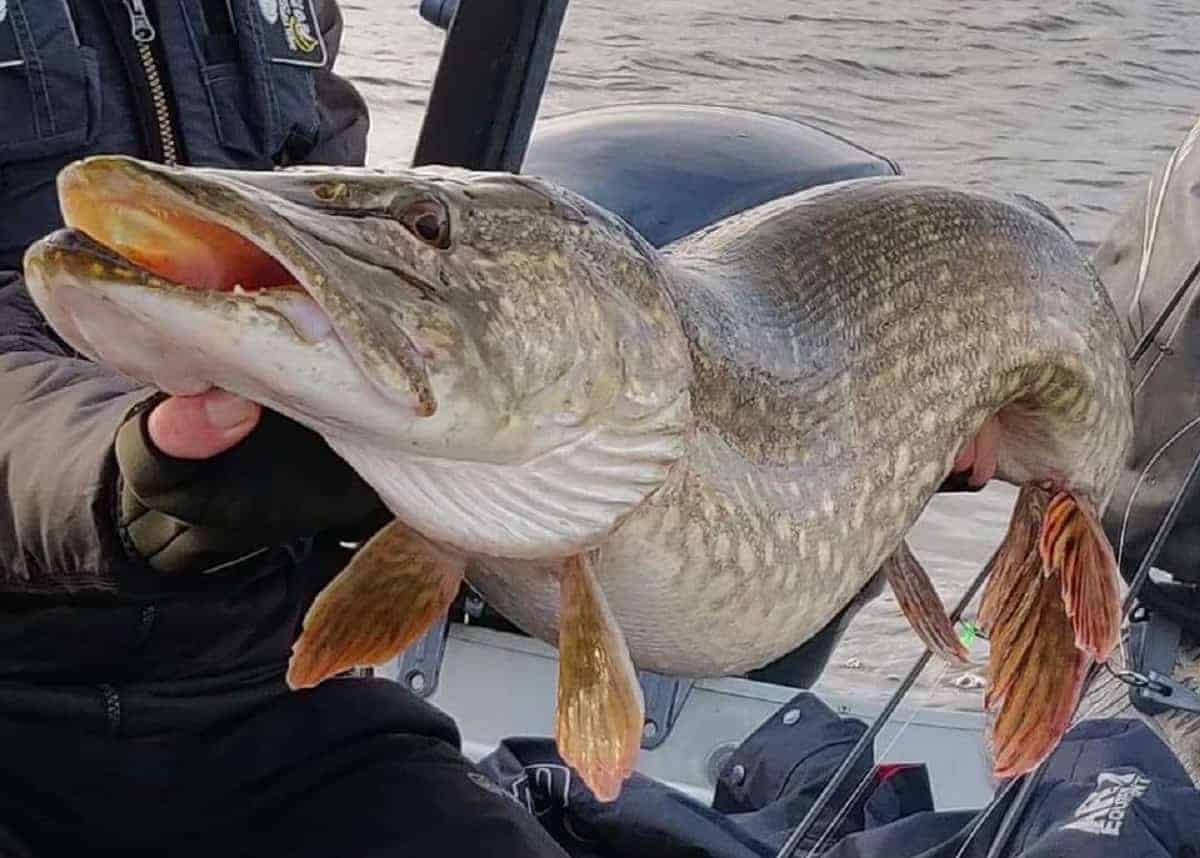Pike Definition and Etymology

Pike definition – The term “pike” originates from the Middle English word “pike,” which itself is derived from the Old French word “pique,” meaning “point” or “sharp object.” This etymology reflects the weapon’s primary characteristic: a long, pointed blade attached to a wooden shaft.
A pike, a sharp-pointed stick or spear, can also refer to a formation in basketball known as the perch basketball term. This tactic involves a player positioning themselves high in the air, typically near the basket, to receive a pass and score.
Like a pike piercing through water, the perch player aims to rise above their opponents and secure the ball for a successful shot, demonstrating the precision and dominance associated with both pike definition and the perch basketball term.
Historical Significance in Military and Fishing
The pike has a rich history in both military and fishing contexts. In warfare, it was a formidable weapon used by infantry formations during the Middle Ages and Renaissance. Its long reach and piercing capability made it effective against both cavalry and infantry. The pike also played a significant role in naval warfare, where it was used to repel boarders and defend against enemy ships.
The pike, a predatory fish known for its speed and agility, shares a commonality with the concept of “sole meaning.” Just as the pike’s existence centers around the pursuit of sustenance, so too does the sole meaning encapsulate the fundamental purpose and essence of something.
By delving into the sole meaning , we gain a deeper understanding of the core principles that drive the pike’s existence, unraveling the intricate web of life’s complexities.
In fishing, the pike is a type of freshwater fish known for its predatory behavior. It is a voracious carnivore that uses its sharp teeth and powerful jaws to hunt smaller fish. The pike’s distinctive appearance, with its elongated body and sharp fins, has made it a popular target for anglers.
Types and Characteristics of Pike

Pike fish, renowned for their elongated bodies, razor-sharp teeth, and predatory instincts, encompass a diverse range of species that inhabit various freshwater ecosystems. These formidable predators exhibit unique physical attributes, habitat preferences, and behavioral traits that distinguish them within the fish kingdom.
Diversity of Pike Species, Pike definition
The pike family, Esocidae, comprises numerous species, each possessing distinct characteristics. Among the most prominent are the northern pike (Esox lucius), the muskellunge (Esox masquinongy), the chain pickerel (Esox niger), and the grass pickerel (Esox americanus vermiculatus). These species vary in size, coloration, and habitat preferences, showcasing the remarkable diversity within the pike family.
Physical Attributes
Pike fish are characterized by their elongated, torpedo-shaped bodies, which provide them with exceptional speed and agility in pursuit of prey. Their dorsal fins are located far back on their bodies, while their anal fins are positioned near the tail, contributing to their streamlined form. Pike possess large, gaping mouths equipped with rows of sharp, conical teeth, enabling them to seize and hold onto their victims.
Habitat and Distribution
Pike fish are primarily found in freshwater environments, including lakes, rivers, and marshes. They prefer areas with abundant vegetation and cover, where they can ambush their prey. Northern pike are widely distributed across North America and Eurasia, while muskellunge are primarily found in the Great Lakes region and some large rivers. Chain pickerel inhabit the eastern United States, and grass pickerel are found in the southeastern United States.
Evolutionary Adaptations
Pike fish have evolved numerous adaptations that enhance their predatory capabilities. Their elongated bodies and powerful muscles allow them to accelerate rapidly and pursue prey with great speed. Their large mouths and sharp teeth enable them to capture and hold onto even large prey items. Pike also possess keen eyesight and sensory organs that help them detect prey in murky or low-light conditions.
Ecological Importance
Pike fish play a crucial role in maintaining the ecological balance of freshwater ecosystems. As apex predators, they regulate populations of smaller fish species, preventing overpopulation and ensuring a healthy and diverse fish community. Pike also provide a food source for other animals, including birds, mammals, and larger fish.
Pike in Literature, Folklore, and Mythology: Pike Definition

Pike holds a significant place in literature, folklore, and mythology across cultures. It symbolizes strength, cunning, and determination, often appearing as a formidable adversary or a guardian of hidden treasures.
Pike in Folklore
In European folklore, pike is associated with water spirits and mythical creatures. In Slavic mythology, it is believed that pike can transform into human form, often as a beautiful woman, to lure victims to their doom. In Norse mythology, pike is said to be the guardian of the World Tree, Yggdrasil, and its roots in the underworld.
Pike in Literature
In literature, pike has been featured as a symbol of both danger and wisdom. In the classic novel “Moby-Dick,” Herman Melville portrays the white whale as a formidable and elusive pike, representing the challenges and dangers of the natural world. In Ernest Hemingway’s “The Old Man and the Sea,” the protagonist, an elderly fisherman, battles a giant pike, representing his determination and resilience against the forces of nature.
Pike in Mythology
In ancient Egyptian mythology, pike was associated with the goddess Neith, who was depicted as a woman with a pike’s head. Neith was considered a protector and a symbol of war and hunting. In Chinese mythology, pike is believed to bring good luck and prosperity. It is often depicted as a symbol of wealth and abundance.
In the realm of angling, a pike is a formidable predator with a voracious appetite. Its name evokes images of sharp teeth and swift attacks. Yet, in the lexicon of basketball, the term “floater” paints a contrasting picture. It describes a graceful shot, where the ball seemingly floats effortlessly towards the basket, like a dandelion seed carried by the wind.
Explore the nuances of the basketball floater , and discover how it combines precision and artistry, much like the pike’s calculated strikes.
A pike, with its pointed snout and sharp teeth, is a formidable predator. In basketball, the basketball floater is a similarly elusive move, as the player releases the ball from a high point while jumping, giving it a deceptive trajectory that makes it difficult to block.
The floater, like the pike, requires precision and finesse to execute effectively, leaving defenders grasping at air.
In the murky depths, where sunlight struggles to penetrate, the pike lurks, its razor-sharp teeth a deadly weapon. Like a stealthy predator, it hunts with lightning speed, impaling its prey with a swift strike. Its body, adorned with intricate scales, resembles the majestic skate fish , gliding through the water with an air of elegance.
Yet, beneath its graceful exterior lies a relentless instinct, making the pike a formidable force in the aquatic realm.